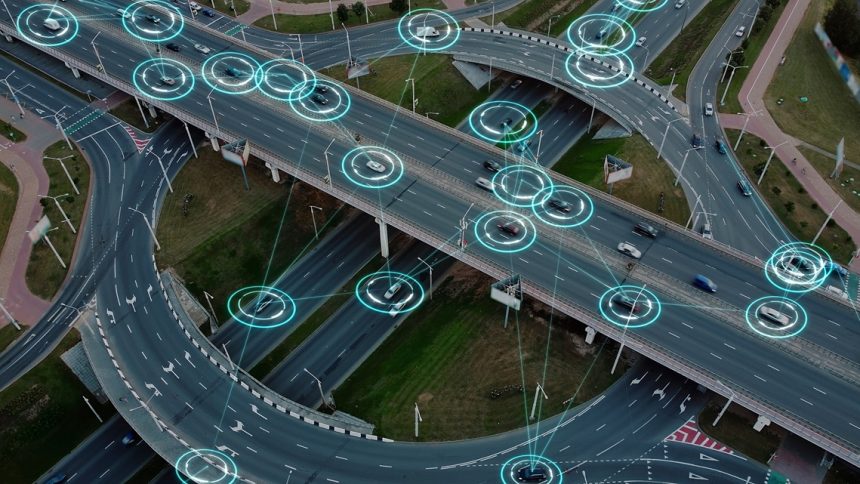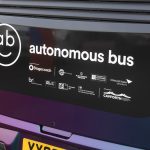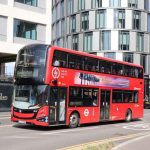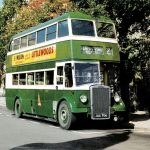A between-the-lines conclusion from a report by the Transport Research Laboratory (TRL) on elements of autonomous coach, bus and private hire taxi services is that accessibility is, and will remain, the primary roadblock to running them without a staff member aboard.
That is separate to those vehicles piloting themselves with no ‘safety driver’, a position that is eventually inevitable. But TRL has found that there are some on-board tasks for which no autonomous solution is visible, including securing wheelchair users and assisting other disabled users.
Such a summation echoes the long-held industry position that automation of vehicles will never remove the requirement for on-board staff.
It might ultimately quell the need for a qualified PCV driver in favour of an attendant, but that is no certainty. The Docklands Light Railway is automated, but staff still operate trains manually when needed.
While TRL advocates prioritisation of finding solutions to the current unanswerables around accessibility to enable full automation, other questions remain concerning items such as passenger safety.
Artificial intelligence is suggested as having a part, but the report acknowledges that if an AI camera’s view is obstructed, effectiveness can be lost. Moreover, one senior industry figure with major budget responsibility counters any expectation of full, staff-less autonomy via an observation that “people need people.”
It should be hoped that TRL’s report puts to bed talk of widespread future coach or bus operation with no staff presence, apart from tightly controlled shuttle services. It is not going to happen, and nor was it ever going to.


























